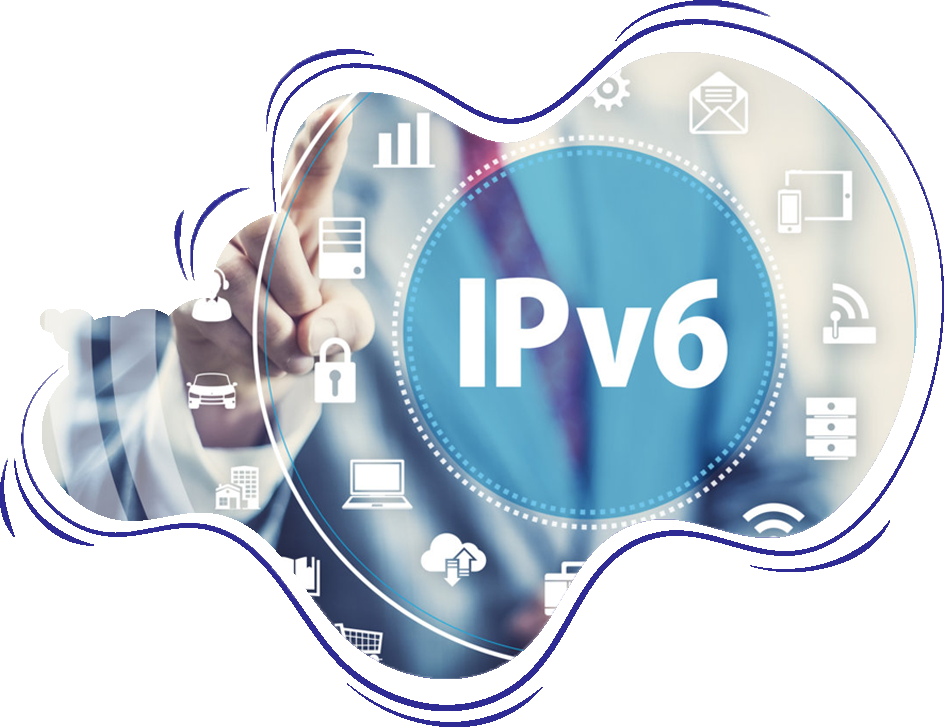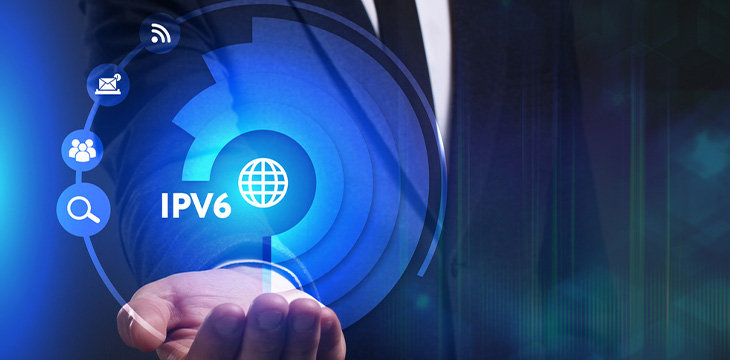In the realm of networking, the advent of IPv6 has heralded a new era, especially in terms of addressing the limitations posed by IPv4's dwindling address space.
At the heart of IPv6's enhancements is the concept of Global Unicast Addresses (GUAs), a cornerstone for achieving expansive, worldwide connectivity. These addresses are not merely numerical tags but pivotal elements that ensure the internet remains an inclusive, global network.
Why IPv6 and GUAs Matter
With so many devices connecting to the internet these days, we needed a better system than the old IPv4 could offer. IPv6 does just that, giving every device a unique address so everything can stay connected without any hiccups. Think of it like everyone in the world getting their own phone number.
The Big Deal About GUAs
GUAs are super important because they keep the internet running smoothly. They make sure that every device, from your phone to your fridge, can send and receive information without running into problems like overlapping numbers. Plus, they're designed to work on a global scale, meaning the internet can keep growing without running out of space for new devices.
If you're interested in learning how all this works in more detail, our Cisco CCNA course is just for you. It's great for anyone wanting to dive deep into networking and learn how to set up and manage these systems.

Understanding IPv6 Unicast Addresses
In the world of IPv6, there are different types of addresses, but today we're focusing on one key type: Unicast Addresses. These are the addresses that make sure information gets from one place to just one other place—kind of like sending a letter to a friend's house.
Different Flavors of Unicast Addresses
In IPv6, there are a few different kinds of Unicast Addresses, but the big star is the Global Unicast Address (GUA). Besides GUAs, there are a few others worth knowing about:
- Link-Local Addresses: These are used for communication on a single network segment. Think of them as addresses used for chatting within a small group, like talking to people in the same room. They're not meant to send information far and wide but are essential for local network operations.
- Unique Local Addresses (ULAs): ULAs are a bit like private addresses in IPv4. They're used for internal network traffic and aren't supposed to be routed on the global internet. It's like having an address for mail that's only meant to be sent within your own house.
The Big Deal About GUAs
Global Unicast Addresses are crucial because they're the main type of IPv6 address that gets used for sending data across the internet. They're unique across the whole internet, meaning no two devices will have the same GUA, ensuring that data sent across the world reaches the right destination without confusion.
What makes GUAs stand out is their structure. They start with a specific pattern (the first three bits are 001), which tells routers that this is a GUA meant for global routing. Then, there's a lot of flexibility in how the rest of the address is structured, which allows for efficient organization of internet addresses on a large scale.
Structure of Global Unicast Addresses
When we talk about Global Unicast Addresses (GUAs) in IPv6, we're diving into how the internet can send data to exactly the right place. GUAs have a special setup that makes them work all over the world.
How GUAs Are Put Together
The structure of a GUA is like a detailed map that guides data across the internet. Here's a simple breakdown:
The Start: Every GUA begins with a few bits (the very first part of the address) set to 001. This bit pattern is like telling the post office that your letter is going international—it helps the internet know this address is meant for global use.
The Middle: After the initial bits, there's a large section for the network part of the address. This is like the country, city, and street on an envelope—it tells the data where to go on a large scale. Network administrators can use this part to organize addresses in a way that makes sense for their networks.
The End: The last part of the GUA is the interface identifier. This is like the house number and name on an envelope, pointing to the exact device in the network. It's usually based on the device's physical hardware address, ensuring each device has a unique identifier.
Significance of Global Unicast Addresses
Global Unicast Addresses (GUAs) in IPv6 are more than just long strings of numbers and letters; they're the backbone of the future internet. Let's look at why they're so important and what makes them a game-changer.
Making Room for Everyone
The internet is growing fast. With billions of devices connecting, from smartphones to smart fridges, we need a system that can handle this massive demand. GUAs make sure every device gets its own unique spot on the internet. It's like ensuring everyone has their own phone number, so calls (or data) always reach the right person.
Worldwide Connectivity
GUAs are designed for global reach. Unlike some IPv6 addresses that only work in specific areas, GUAs can send data across the world. This global scope is crucial for websites, online services, and anyone looking to reach an international audience.
Efficient and Organized
The structure of GUAs helps organize the internet. It allows for efficient routing, reducing delays and making sure data takes the best path. For network admins, this structure also makes it easier to manage large networks, improving security and performance.
Future-Proofing the Internet
As we add more devices and new technologies, the internet needs to adapt. GUAs are a big part of this, providing a scalable and flexible system that can grow with our needs. It's a step towards an internet that's ready for whatever comes next, from the next billion users to new tech like the Internet of Things (IoT).

Summary
As we've explored throughout this blog, Global Unicast Addresses (GUAs) in IPv6 are pivotal to the ongoing growth and functionality of the internet. They are not just technical components of networking; they represent the foundational building blocks for a future where every device can connect seamlessly across the globe.
Key Takeaways:
- Unique Addresses for Billions of Devices: GUAs ensure that the vast number of devices joining the internet can have their own unique addresses. This is crucial for maintaining efficient, error-free communication.
- Global Connectivity: The design and structure of GUAs facilitate global communication, making it possible for data to traverse continents in milliseconds. This worldwide reach is essential for businesses, services, and individuals relying on the internet.
- Efficient Network Management: For network professionals, the hierarchical structure of GUAs simplifies the task of managing and organizing networks. This leads to better security, improved performance, and easier scalability.
- Prepared for Future Growth: As the internet evolves, so too will the demands placed upon it. GUAs are a forward-thinking solution, designed to support the next generation of internet technology and connectivity.
Global Unicast Addresses are more than just a technical necessity; they are the key to unlocking an internet that is truly global, efficient, and ready for the challenges of tomorrow. For anyone involved in IT and networking, now is the time to embrace GUAs and IPv6, ensuring you are at the forefront of this exciting journey into the future of the internet.


